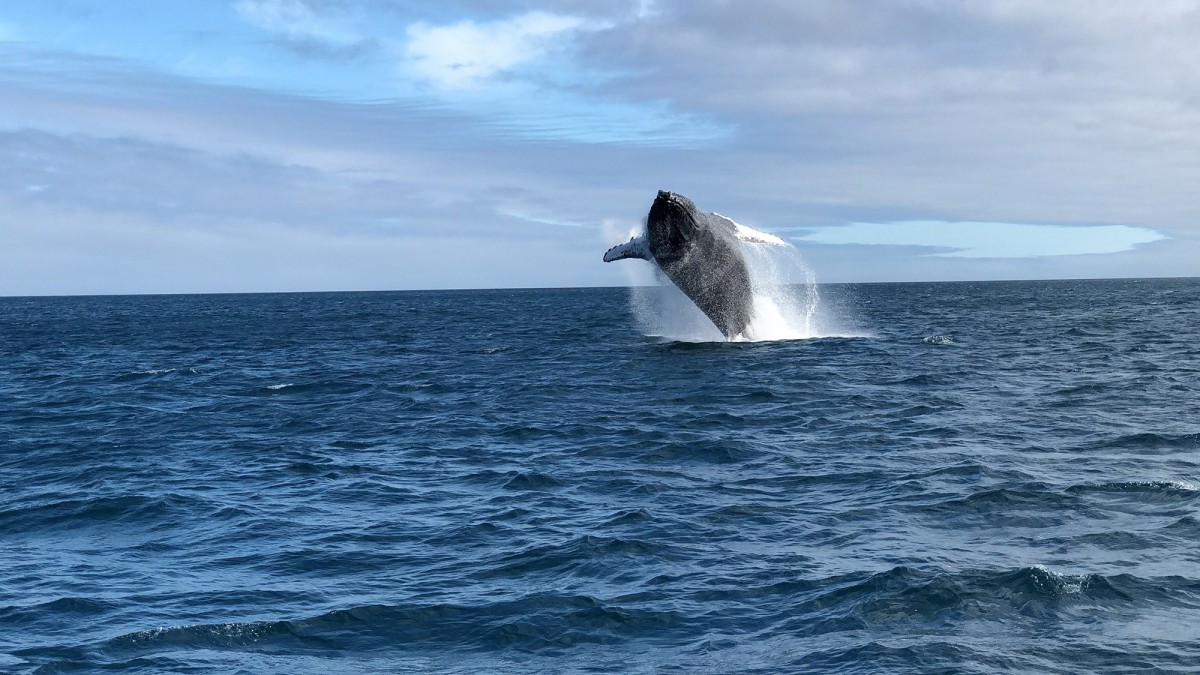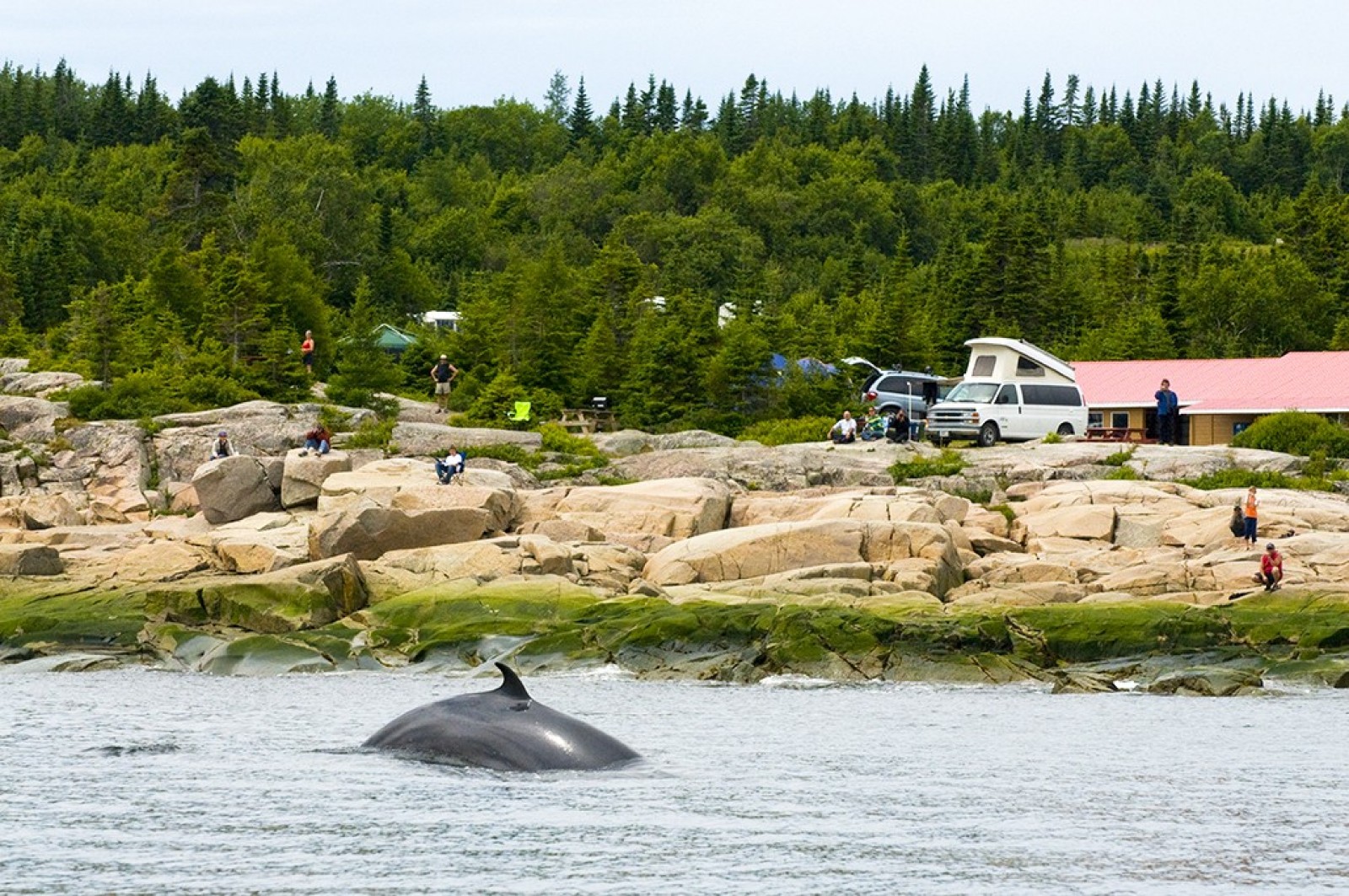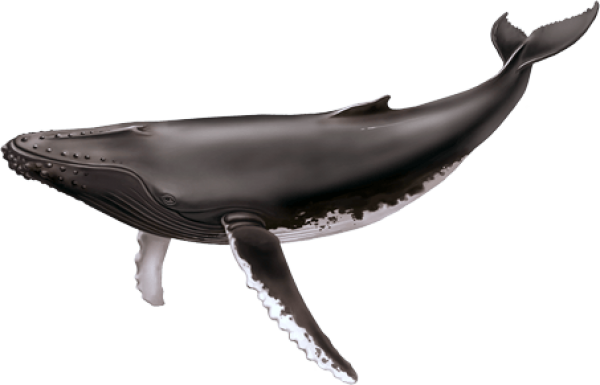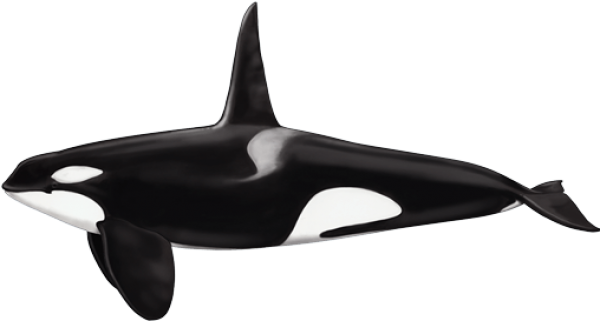C'est aussi le plus gros animal ayant existé sur notre planète! Par sa puissance et son élégance majestueuse, son observation est toujours un moment exceptionnel. Mais aussi parce qu'il est rare et fragile. Dans l'Atlantique Nord, la population de rorquals bleus a été décimée par une chasse effrénée qui a pris fin en 1955. Depuis 2002, cette espèce est reconnue en voie de disparition au Canada. Pour les chercheurs, elle recèle bien des mystères, son étude rendue encore plus difficile parce que ces rorquals sont de grands voyageurs. Source : Baleines en direct - Découvrez les baleines.

















